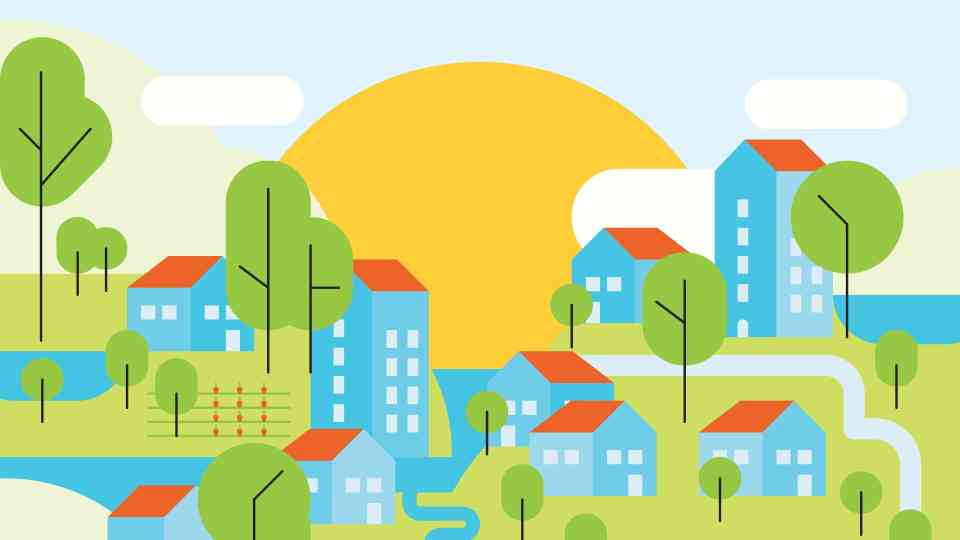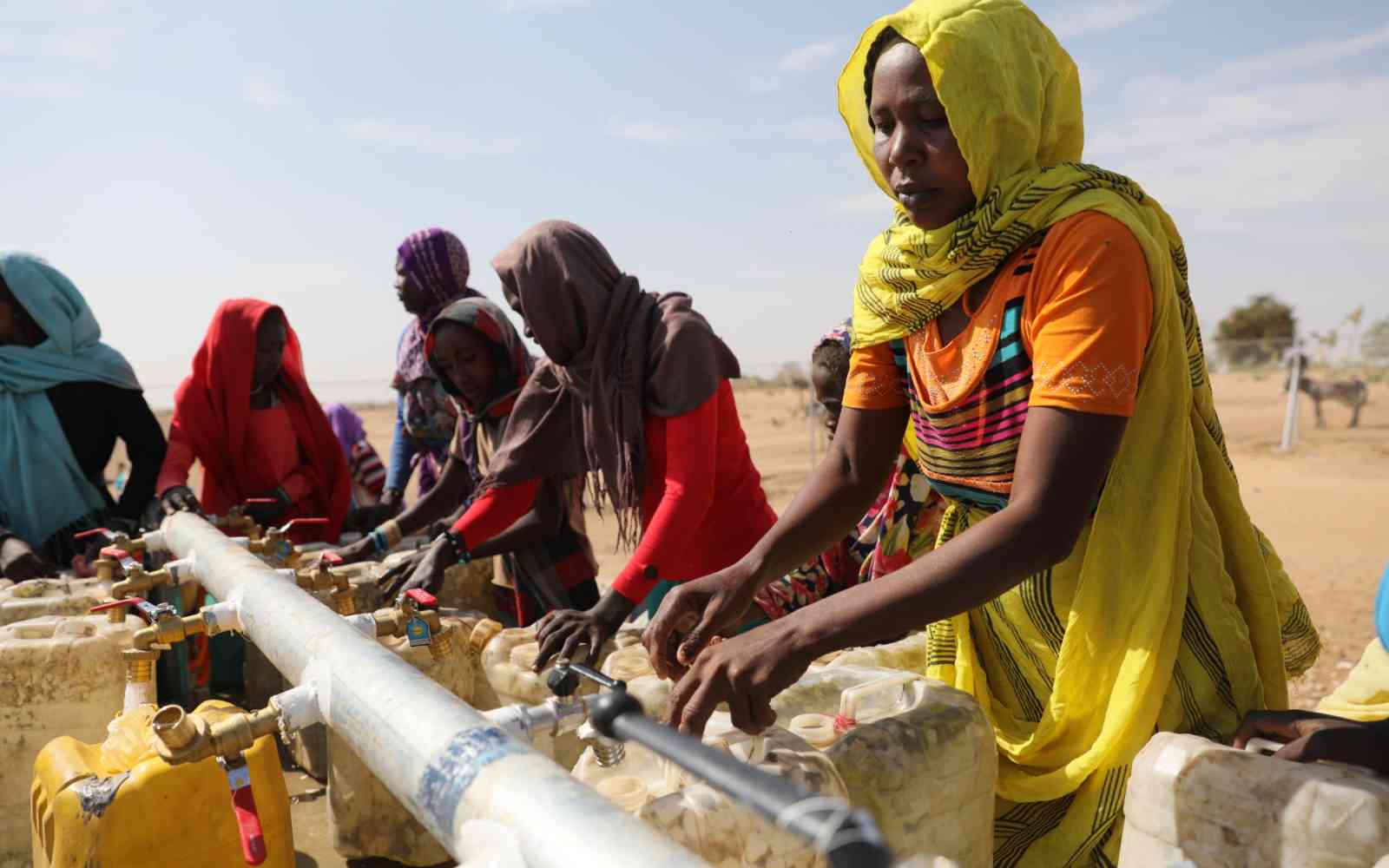The United Nations Office for Project Services (UNOPS)
Nature’s critical role in infrastructure for sustainable development
A new report from the UN Environment Programme, UNOPS and the University of Oxford highlights the contributions of nature-based infrastructure solutions to sustainable development, climate action and biodiversity.
According to the report, nature-based infrastructure solutions can influence 79 per cent of all targets across the Sustainable Development Goals (SDGs).
The research finds that the greatest impact on the SDGs is achieved when nature-based solutions are combined with built infrastructure assets. In combination, they influence up to 95 per cent of all SDG targets.
This report aims to support efforts to increase the use of nature-based solutions as a key component of sustainable infrastructure systems. In addition to charting the benefits, it also presents the main barriers to implementing nature-based infrastructure solutions and introduces some recommendations on what different actors can do to overcome these obstacles.
This report highlights how we can approach nature-based solutions within infrastructure planning, implementation and operations that can provide both human and biodiversity benefits, while reducing green gas emissions.
Key among the recommendations is the need for collaboration between policymakers and practitioners to integrate nature into “mainstream” infrastructure planning and design. In addition, it calls for more data on the long-term performance of nature-based infrastructure and the development of innovative financing models that can account for its wide ranging benefits.
“The world is facing the enormous challenge of meeting the rapidly increasing demand for infrastructure services in a way that is low carbon, resource efficient and nature positive,” said Sheila Aggarwal-Khan, UN Environment Programme Industry and Economy Division Director.
Nature-based solutions?
- Infrastructure can use nature to strengthen its function. This can be delivered directly, for example when vegetation is used to stabilize a slope – or indirectly, like when that stable slope supports the function of adjacent roads.
“This report highlights the crucial role that natural infrastructure plays in delivering many of the services and co-benefits that underpin sustainable development and healthy, resilient societies, increasing positive SDG impacts by close to 50 per cent in some sectors,” she added.
Drawing on examples from Belgium, Tanzania and more, the authors further emphasize the key contributions of nature-based infrastructure solutions to mitigation and adaptation objectives within the Paris Agreement, like helping to remove or reduce greenhouse gas emissions that result from the construction and operation of new conventional – or “grey” – infrastructure.
UNEP and UNOPS are set to jointly present findings from the report at the 28th Convention on Climate Change (COP28). Together with experts, the invaluable role infrastructure plays in advancing climate action will be discussed (more on the event here).











